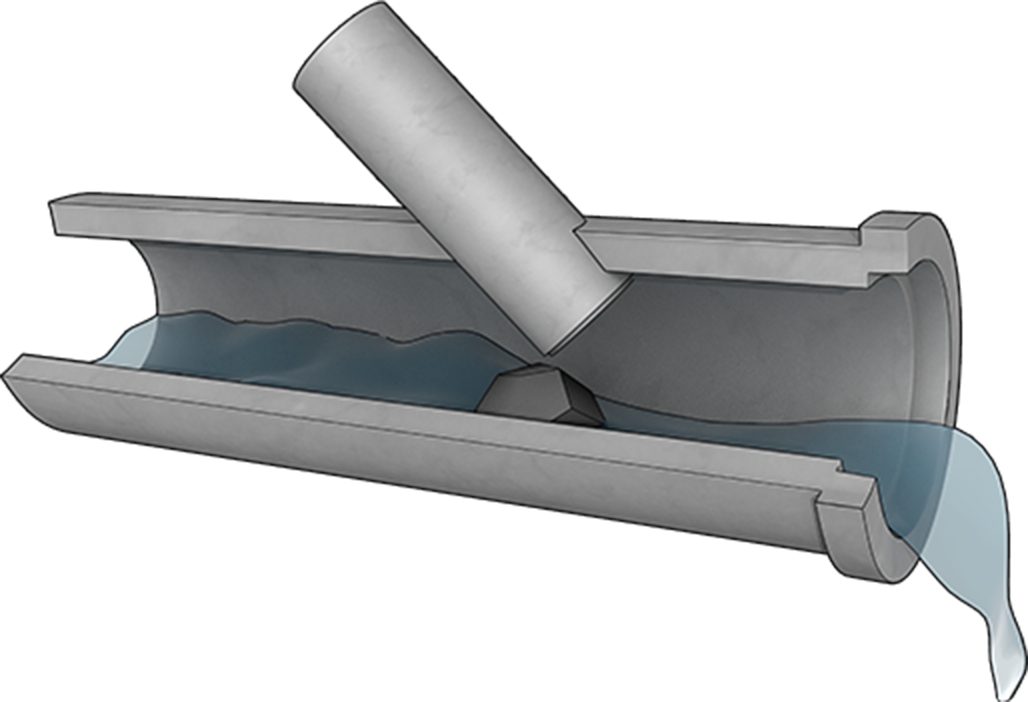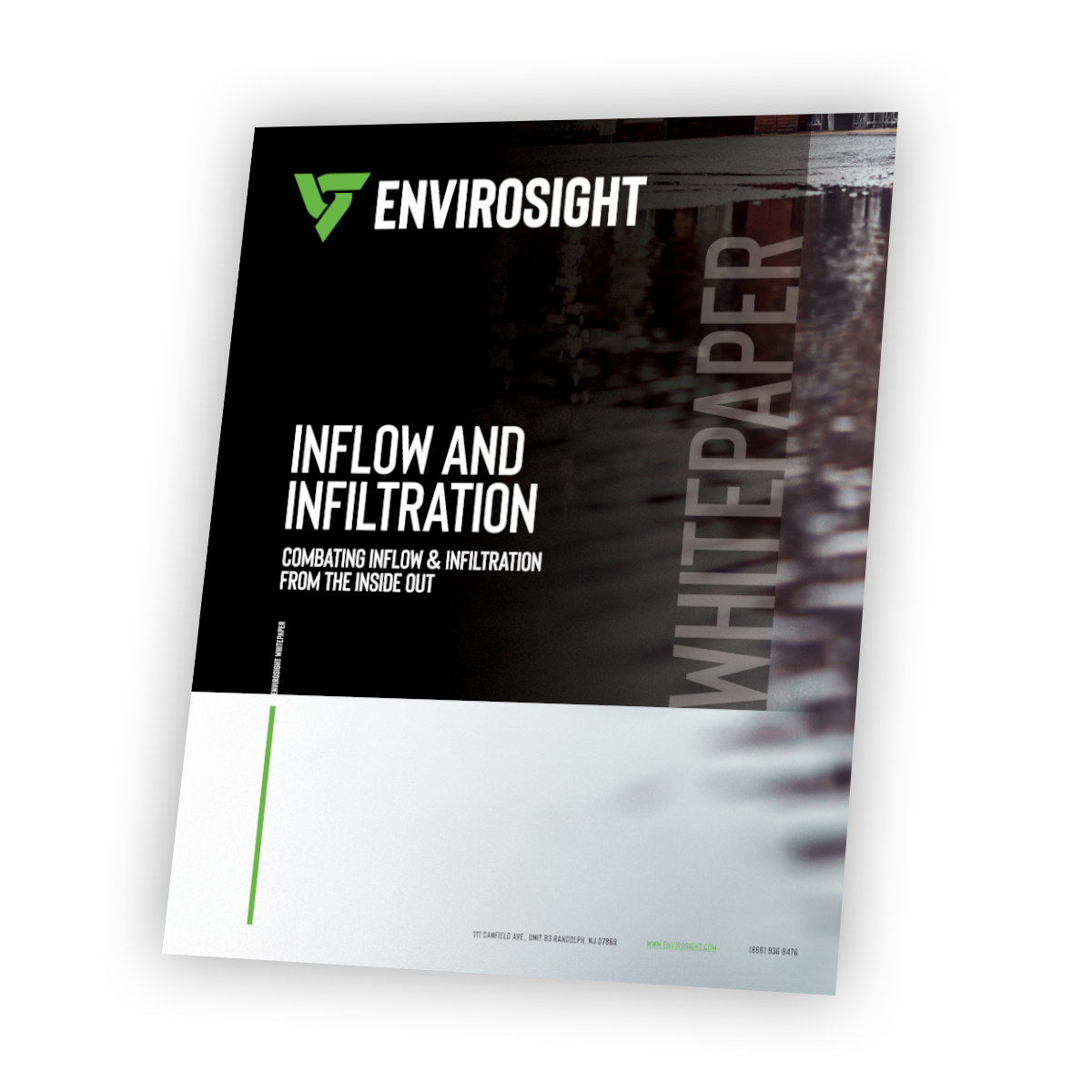Download a Free Guide to Combating Inflow & Infiltration
Download Free Guide
About Inflow and Infiltration
Inflow and infiltration (I&I) is a risk in any wastewater system.
Excessive amounts of I&I are dangerous because they can cause flow to exceed a treatment plant or collection system's capacity, which puts the facility at risk of sewer damages and sanitary overflows. These untreated water discharges are particularly hazardous; they endanger our natural environment and can cause health issues in communities.


Yet in regions with older infrastructure, groundwater and stormwater that enter a sewer system can account for as much as 50% of flow.
The cost of this disruption should not be underestimated; in 2014 the EPA reported that wastewater collection and treatment expenses ranged from $2 to $5 per thousand gallons. An annual I&I volume of 150 million gallons would cost between $300,000 and $750,000 per year to transport and treat. Given that even small amounts translate into substantial costs, where should you draw the line on I&I? How much is too much?
Reducing the presence of I&I and preventing combined sewer overflows (CSOs) requires more than traditional rehabilitation methods. A proactive, strategic approach is essential to tackling the issue head-on, and the result is a more successful one—using fewer resources.
Our guide, Combating Inflow and Infiltration From the Inside Out, walks you through the steps you should be taking to reduce the presence of I&I in your system and avoid combined sewage overflow.
